Creating an outdoor aviary for your pet parrots is an incredibly rewarding project that can dramatically improve your birds’ quality of life. Unlike indoor cages that restrict movement, outdoor aviaries provide ample space for flight, exposure to natural sunlight, and environmental enrichment that mirrors aspects of parrots’ natural habitats. Building your own aviary also allows you to customize the space to your specific birds’ needs while potentially saving money compared to commercial options. This comprehensive guide will walk you through every step of the aviary-building process, from initial planning to long-term maintenance, ensuring your feathered friends enjoy a safe, stimulating outdoor environment.
Understanding the Benefits of Outdoor Aviaries

Outdoor aviaries offer numerous advantages for pet parrots that simply can’t be matched by indoor housing. The most significant benefit is space for natural flight, which promotes physical health through exercise and helps prevent obesity and related health issues. Natural sunlight exposure is another crucial advantage, as it enables parrots to synthesize vitamin D naturally, supporting bone health and overall wellbeing. Parrots in outdoor aviaries also experience environmental enrichment through changing weather patterns, airflow variations, and exposure to natural sounds like other birds and rainfall. Research has shown that parrots with access to outdoor environments exhibit fewer behavioral problems like feather plucking and excessive screaming, as they can engage in more natural behaviors and experience greater sensory stimulation.
Assessing Your Space and Local Regulations
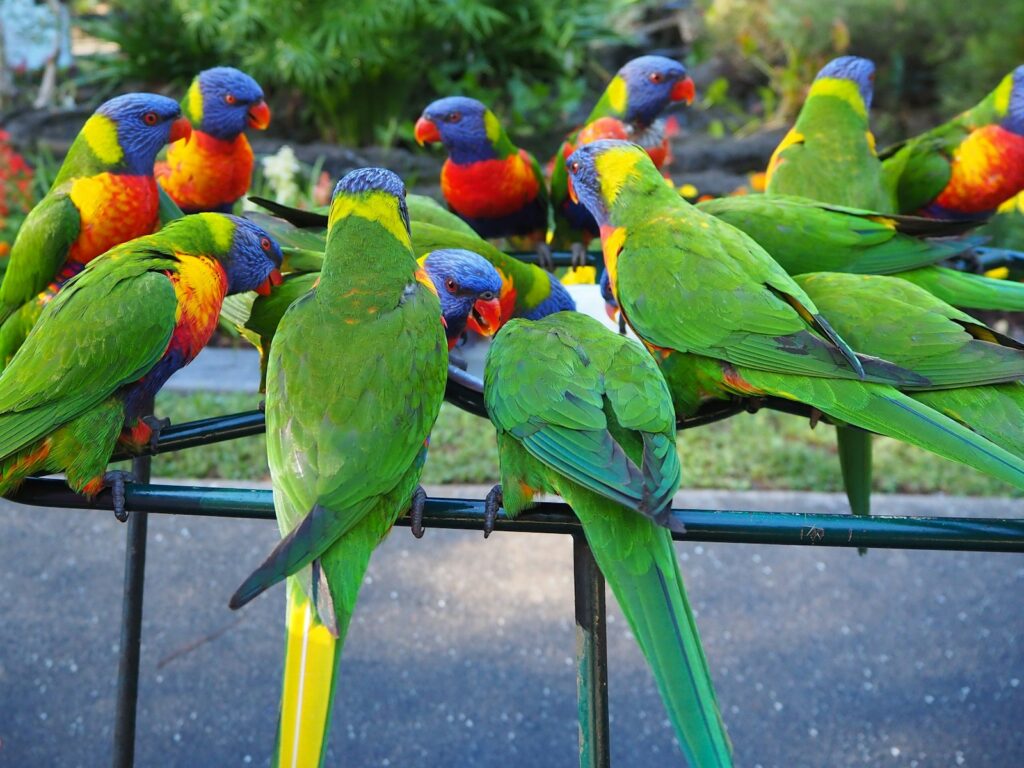
Before picking up any building materials, carefully evaluate your available outdoor space and research local regulations governing aviary construction. Many municipalities have specific zoning laws regarding outdoor animal enclosures, including setback requirements from property lines and size limitations. Some areas may also have noise ordinances that could affect your plans, particularly if you own vocal species like macaws or cockatoos. Homeowners’ associations often have additional restrictions on outdoor structures, so review your HOA bylaws thoroughly. Consider practical aspects like sun exposure, protection from prevailing winds, proximity to trees that might harbor predators, and accessibility for cleaning and maintenance. Document your available space by measuring the dimensions and noting existing features like trees or fences that might impact your design.
Designing Your Aviary with Your Birds in Mind

Tailoring your aviary design to your specific parrot species is essential for their health and happiness. Larger species like macaws and cockatoos need substantially more space than smaller conures or lovebirds, with a minimum recommended flying length of 12-15 feet for large birds. Consider your birds’ natural habits—climbing species like cockatoos benefit from vertical space with numerous perching options, while birds like conures may appreciate more horizontal flying room. Temperature tolerance varies significantly between species; African greys have different requirements than hardy species like Patagonian conures. Design features should accommodate your birds’ behavioral needs—chewers need replaceable wood elements, while bathing enthusiasts require secure water features. Create distinct zones within the aviary for feeding, bathing, playing, and resting to mimic the diverse environments parrots navigate in the wild.
Selecting Appropriate Building Materials
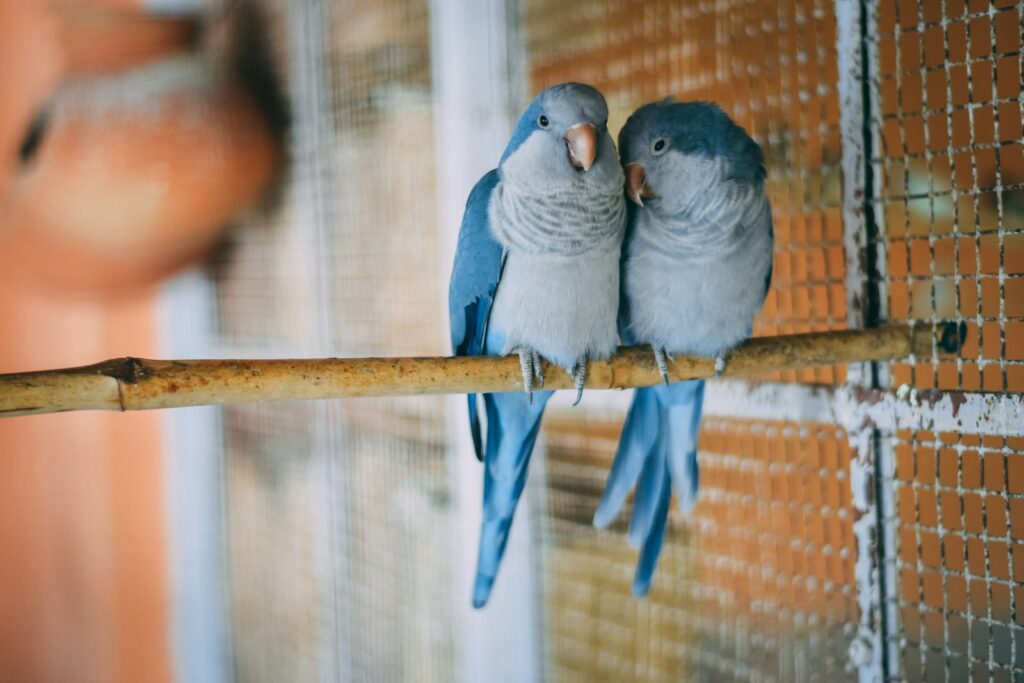
The materials you choose for your aviary directly impact its safety, durability, and maintenance requirements. For the frame, pressure-treated lumber is durable but must be thoroughly sealed as it contains chemicals toxic to birds; alternatively, cedar naturally resists decay but its aromatic oils can cause respiratory issues in some birds. Galvanized welded wire mesh offers the best balance of security and visibility, with recommended gauge specifications of 14-16 for larger species and spacing no greater than 1″×1″ to prevent predator access. Hardware cloth (⅛” or ¼” mesh) provides additional security for sections vulnerable to small predators. All metal components should be galvanized or powder-coated to prevent rust and zinc toxicity. For roofing, corrugated polycarbonate panels offer excellent protection while allowing natural light penetration, unlike solid options that create darker interiors. Flooring options include concrete (predator-proof but hard on feet), pavers with sand (good drainage but higher maintenance), or natural substrate (enriching but requires frequent cleaning).
Essential Tools and Equipment for Construction

Building an aviary requires specific tools to ensure proper construction and safety. Basic tools include a quality cordless drill with multiple bits for different materials, a circular saw for precise cutting of lumber, and wire cutters strong enough to handle hardware cloth and welded wire. A level is crucial for ensuring your structure remains square and stable, while measuring tools like a tape measure and carpenter’s square help maintain accurate dimensions. Safety equipment is non-negotiable—always use protective eyewear, work gloves (particularly when handling wire mesh), and respiratory protection when cutting pressure-treated lumber. Specialized tools that prove invaluable include aviation snips for clean cuts in wire mesh, an impact driver for lag bolts, and a post-hole digger if you’re setting support posts in the ground. For larger aviaries, consider renting concrete mixers or power augers to ease the workload and ensure professional-quality results.
Creating a Predator-Proof Foundation

A secure foundation forms the cornerstone of a safe aviary, with predator protection being the primary consideration. Burrowing predators like rats, snakes, and raccoons can access an aviary from below unless preventative measures are implemented. The most secure option is a concrete slab foundation poured at least 4 inches thick, extending 6-12 inches beyond the aviary perimeter to prevent tunneling. If a concrete foundation isn’t feasible, consider installing hardware cloth or welded wire mesh horizontally outward from the aviary base, buried 12-18 inches deep and extending at least 24 inches outward to thwart digging attempts. For elevated aviaries, the space underneath should be completely enclosed with hardware cloth to prevent predator access. Incorporate a concrete curb around the perimeter that extends at least 8 inches below ground level to provide an additional barrier against persistent diggers. Whatever foundation system you choose, ensure it includes proper drainage solutions to prevent standing water that can promote disease and make your birds uncomfortable.
Constructing the Frame and Walls
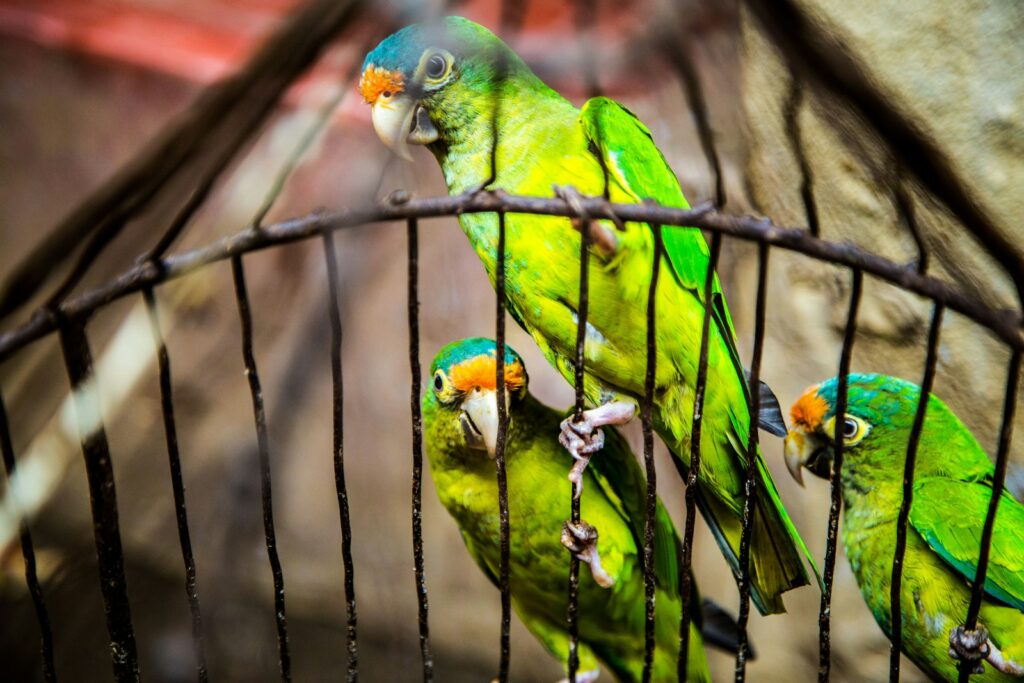
The frame of your aviary provides its structural integrity and determines its overall strength against both weather and potential predators. Begin by treating all wooden components with bird-safe sealants and allowing them to fully cure before construction begins. Set vertical support posts first, ensuring they’re perfectly plumb using a level, and secure them with concrete footings for maximum stability. When framing walls, maintain consistent spacing between supports (typically 24 inches on center) to provide adequate attachment points for wire mesh. Create double-framed doors with secure latching mechanisms that cannot be manipulated by curious birds or predators. Install welded wire mesh on the exterior of the frame, pulling it taut before securing it with galvanized staples every 3-4 inches and reinforcing with washers at corners and stress points. Overlap wire seams by at least 3 inches and secure them together with hog rings or wire ties to eliminate potential gaps. For added security, consider double-walling vulnerable sections with an inner layer of hardware cloth to thwart smaller predators.
Installing Proper Roofing and Shelter
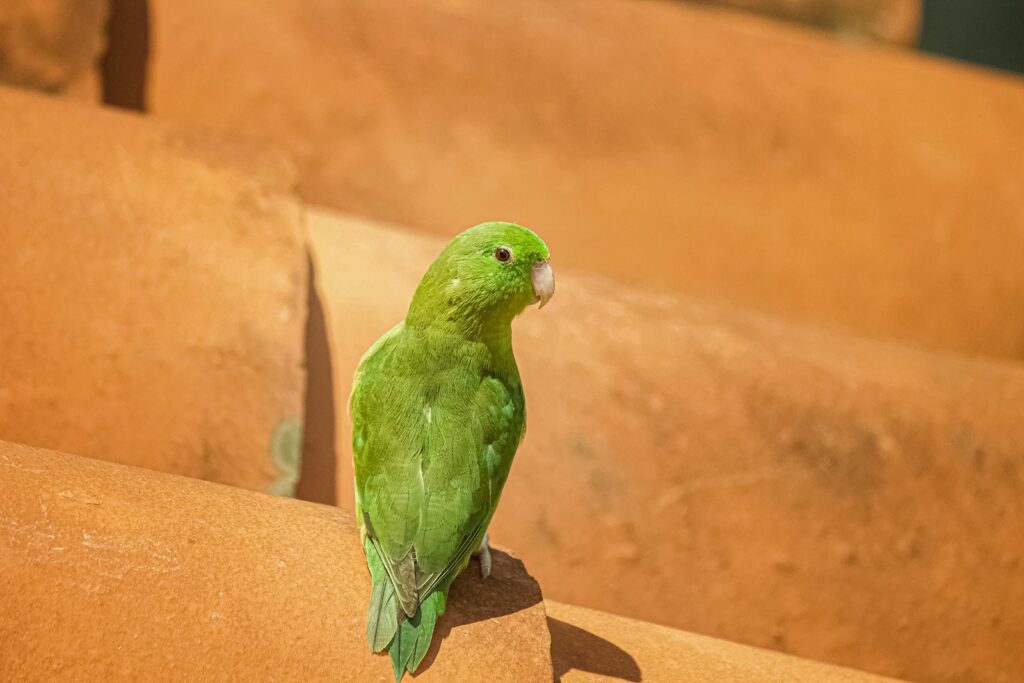
A well-designed aviary roof provides protection from harsh weather and aerial predators while maintaining adequate ventilation and natural light. At minimum, 25-50% of the aviary should have solid roofing to create shelter from rain, snow, and intense sunlight. Corrugated polycarbonate panels are ideal for roofing as they block harmful UV rays while allowing beneficial light to enter, and they’re lightweight yet durable against most weather conditions. Position solid roofing strategically to protect feeding stations, perches, and nest boxes, leaving some areas open (but still meshed) for direct sunlight exposure. Ensure the roof has sufficient pitch (at least 1:12 slope) to promote water runoff and prevent pooling that could lead to leaks or structural damage. In regions with extreme weather, consider incorporating windbreaks on the sides that face prevailing winter winds using clear polycarbonate sheets that can be removed during warmer months. All roof materials should be secured with weatherproof fasteners appropriate for the material and include proper flashing where the roof meets walls to prevent water intrusion.
Creating Safe and Enriching Interior Features

The interior of your aviary should balance safety with environmental enrichment to support your parrots’ physical and psychological needs. Install multiple perches of various diameters (between 75-150% of the bird’s foot span) and materials to promote foot health and exercise, positioning them strategically to create flight paths that encourage movement throughout the space. Natural branches from non-toxic trees like manzanita, apple, or willow provide excellent perching surfaces and satisfy natural chewing instincts. Secure feeding stations at different heights around the aviary, keeping them away from perches to prevent contamination from droppings. Include multiple bathing options ranging from shallow pools to misting systems that accommodate your birds’ preferences for water activities. Create foraging opportunities by incorporating puzzle feeders and hiding treats throughout the aviary to stimulate natural food-seeking behaviors. Designate a quiet area with visual barriers where birds can retreat when feeling stressed or during inclement weather, complete with sheltered perches and nest boxes positioned away from high-activity zones.
Installing Proper Doors and Access Points
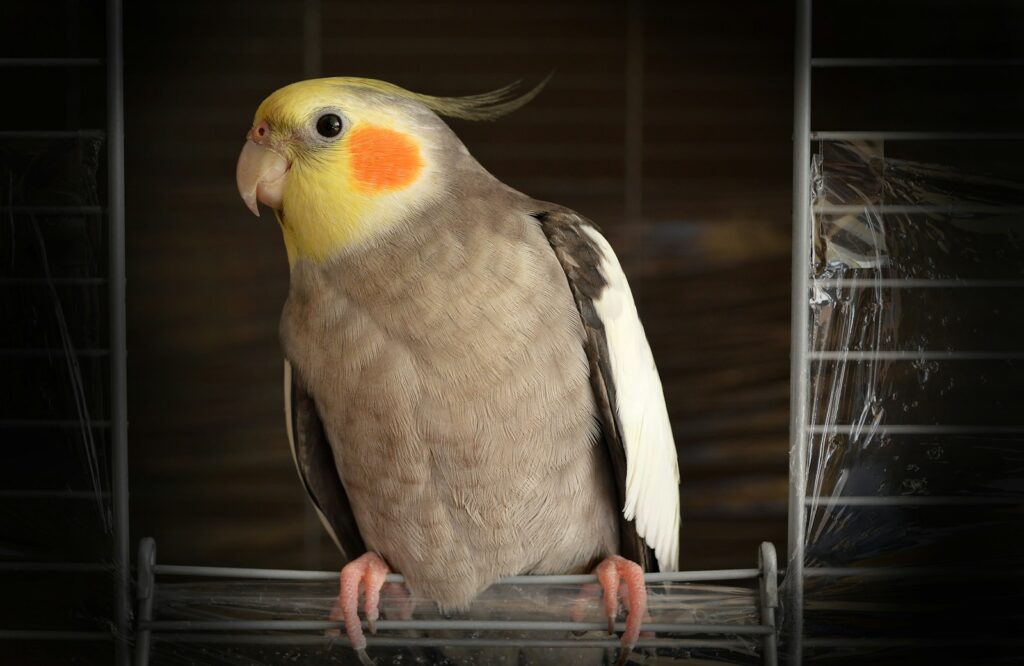
Thoughtfully designed doors and access points are crucial for both security and practical aviary management. Implement a double-door entry system (safety porch) to prevent bird escapes during human entry and exit—this consists of two doors positioned so that one must close before the other opens, creating an antechamber between the aviary and the outside world. All doors should open inward to prevent birds from pushing them open and feature self-closing mechanisms like spring hinges to ensure they never remain accidentally open. Multiple locking mechanisms on each door provide redundant security, with at least one lock requiring opposable thumbs to manipulate. Include separate service hatches for daily feeding and water changes that can be operated without entering the main enclosure, reducing disturbance to the birds and improving efficiency. Ensure all door frames are reinforced and gapped less than half an inch on all sides to prevent birds from squeezing through or reaching beaks around edges. For cleaning access, consider installing larger maintenance doors at ground level that accommodate wheelbarrows or cleaning equipment.
Setting Up Proper Lighting, Heating, and Ventilation
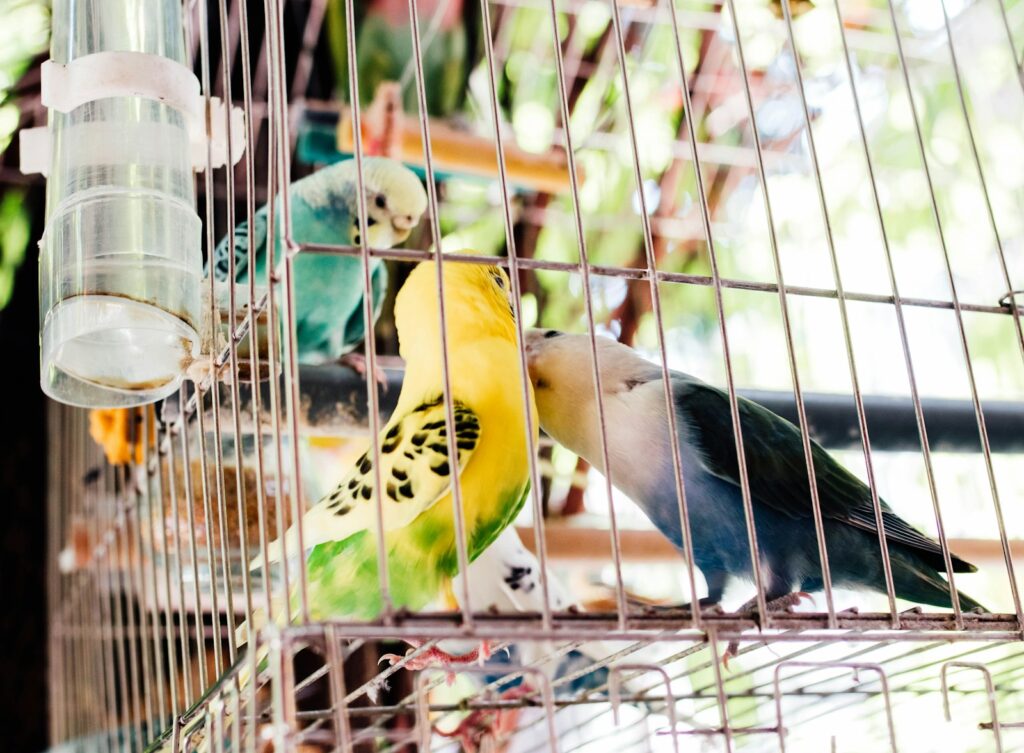
Environmental control systems ensure your parrots remain comfortable and healthy year-round in their outdoor aviary. Natural light should be supplemented with avian-specific full-spectrum lighting, particularly in covered areas or during shorter winter days, to support vitamin D synthesis and maintain natural biological rhythms. In colder climates, install infrared heating panels that provide radiant warmth without the fire hazards associated with traditional heat lamps—position these in sheltered areas where birds naturally gather during colder weather. Proper ventilation is essential for preventing respiratory issues, so design airflow paths that eliminate stagnant air pockets while avoiding direct drafts on perching areas. Temperature monitoring systems with alerts can notify you when conditions approach unsafe levels, allowing intervention before birds experience stress. Incorporate misting systems for cooling during hot weather, activated either manually or via temperature-controlled automation. For extreme climates, consider installing clear vinyl curtains that can be lowered during severe weather to create an insulated space while maintaining visibility.
Maintaining Hygiene and Cleaning Protocols

Regular maintenance ensures your aviary remains a healthy environment for your parrots. Establish a daily cleaning routine that includes removing food waste, droppings, and soiled materials from high-traffic areas like beneath perches and around feeding stations. Weekly more thorough cleanings should address perches, toys, and feeding equipment using avian-safe disinfectants like diluted chlorhexidine or accelerated hydrogen peroxide products. Design your aviary with cleaning efficiency in mind—sloped floors facilitate drainage during washdowns, while removable trays beneath perches make waste collection more manageable. Implement a quarterly deep-cleaning protocol that includes pressure washing (when birds are temporarily relocated), disinfection of all surfaces, and inspection for wear and damage to mesh, perches, and structural elements. Substrate management varies by type—concrete floors need regular scrubbing, while natural substrates like sand or bark require periodic partial replacement to prevent ammonia buildup and bacterial growth. Maintain a cleaning log to track procedures and note any concerning observations that might indicate health issues requiring veterinary attention.
Ensuring Long-term Aviary Maintenance and Safety
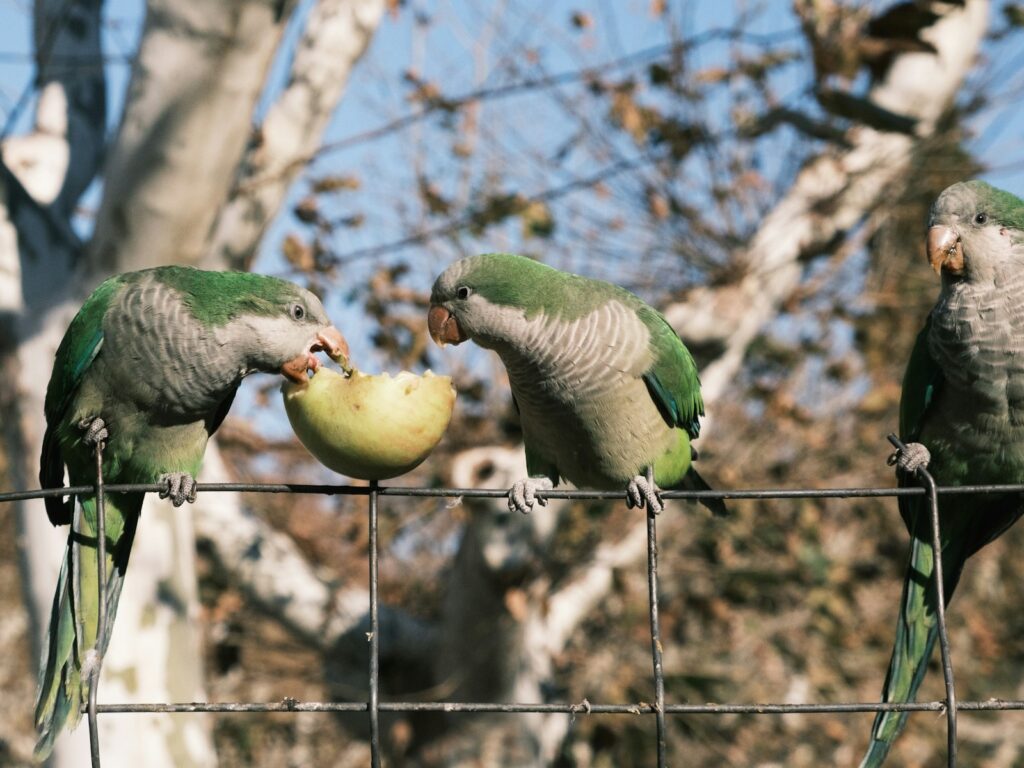
Proactive maintenance ensures your aviary remains safe and functional for years to come. Conduct monthly structural inspections checking for loose wire, protruding sharp edges, or wood deterioration that could harm your birds or compromise security. Regularly examine mesh for signs of corrosion, particularly at attachment points and seams where moisture can accumulate and accelerate degradation. Apply fresh coats of bird-safe sealant to wooden components every 1-2 years, depending on weather exposure, to prevent rot and water damage. Establish a seasonal maintenance schedule that includes clearing gutters before rainy seasons, inspecting roofing after storms, and testing heating systems before cold weather arrives. Perform annual predator vulnerability assessments, looking for signs of attempted entry like scratch marks on mesh or digging at foundations, and reinforce these areas as needed. Replace perches and natural branches showing significant wear before they become unsafe, and rotate enrichment items regularly to prevent boredom. Document all maintenance activities and keep records of materials used, which proves invaluable when making repairs or modifications to maintain consistency in your aviary’s safety standards.
Introducing Your Parrots to Their New Aviary
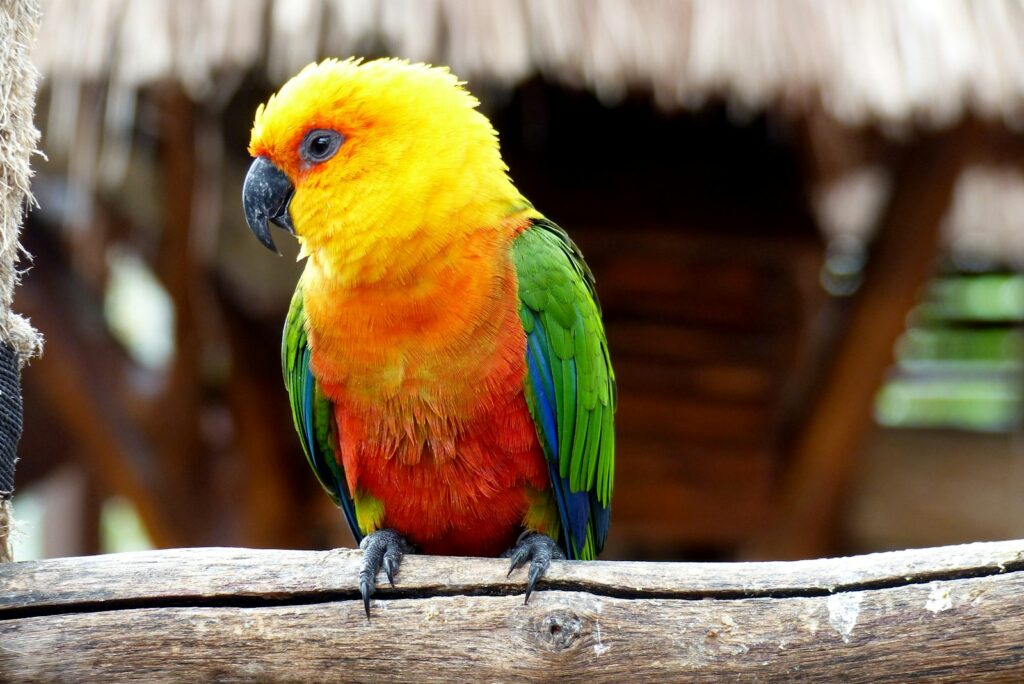
Transitioning parrots to a new aviary requires patience and careful planning to minimize stress and ensure a positive experience. Begin by placing familiar items from their current housing in the aviary—favorite toys, familiar perches, and their regular food dishes—to create a sense of continuity and security in the new environment. For the first introduction, choose a calm, warm day with minimal disruptive outdoor activity, and plan for the morning when most parrots are naturally more active and exploratory. Initially limit exposure to 1-2 hours, gradually increasing time as your birds show comfort through relaxed body language, normal vocalizations, and willingness to explore. Monitor closely for signs of stress like excessive vocalization, frantic flight, or freezing in one position, which indicate the need to slow the transition process. During the adjustment period, maintain their indoor housing as a safe retreat, moving them between environments until they demonstrate consistent comfort in the aviary. Some species adapt quickly while others may take weeks or even months to fully acclimate to outdoor living, so respect each bird’s individual pace and never force the transition.
Conclusion

Building an outdoor aviary for your pet parrots represents a significant investment in their health and happiness. While the construction process requires careful planning and attention to detail, the rewards of watching your birds enjoy greater freedom, natural behaviors, and environmental enrichment make it worthwhile. Remember that your aviary is not just a structure but a living environment that will evolve with your birds’ needs over time. By following the guidelines in this article and prioritizing safety, enrichment, and species-appropriate design, you’ll create an outdoor sanctuary that benefits your feathered companions for years to come. The bond between you and your parrots will only strengthen as you share in their joy of exploring this new dimension of their world.


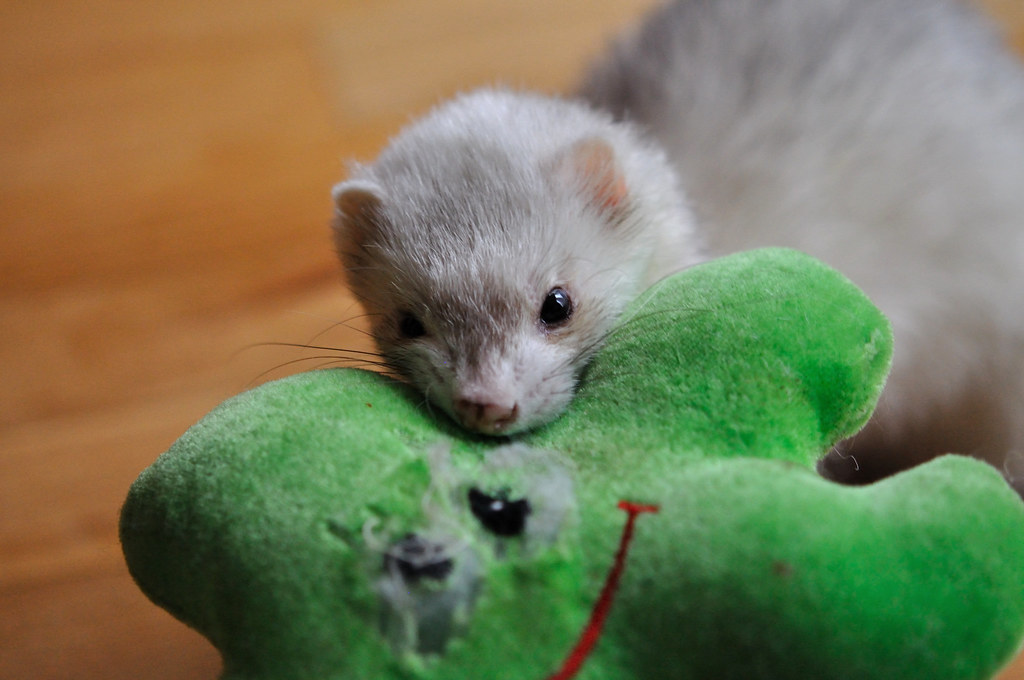
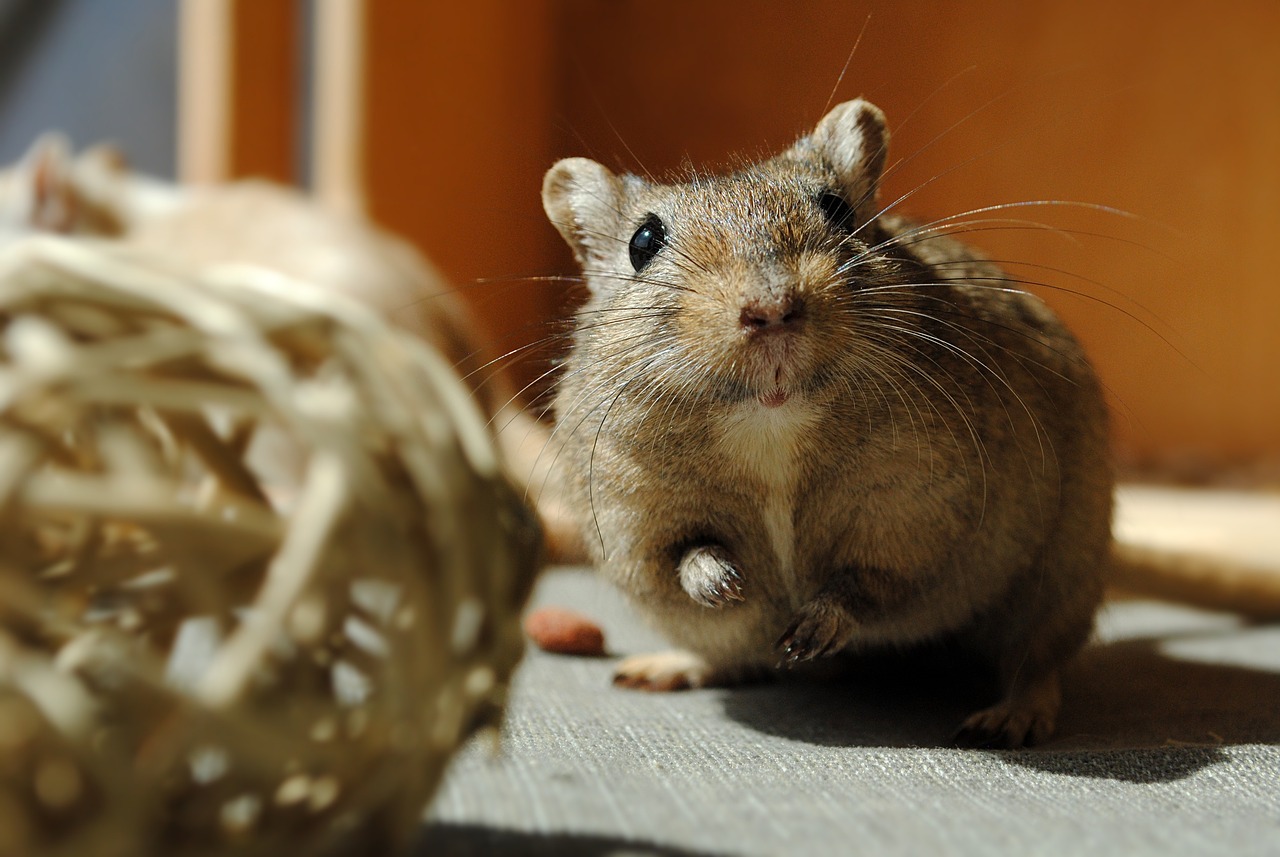

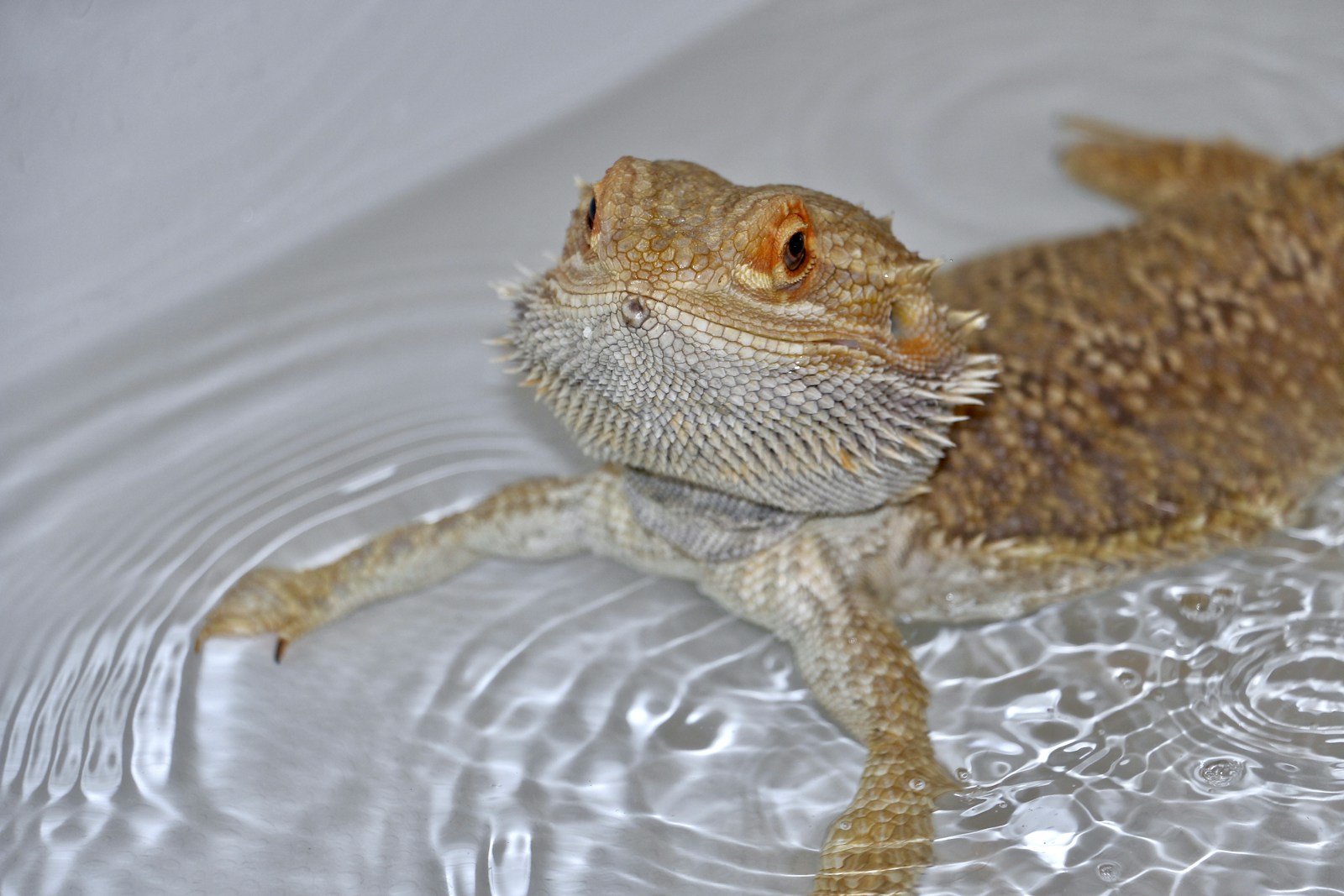

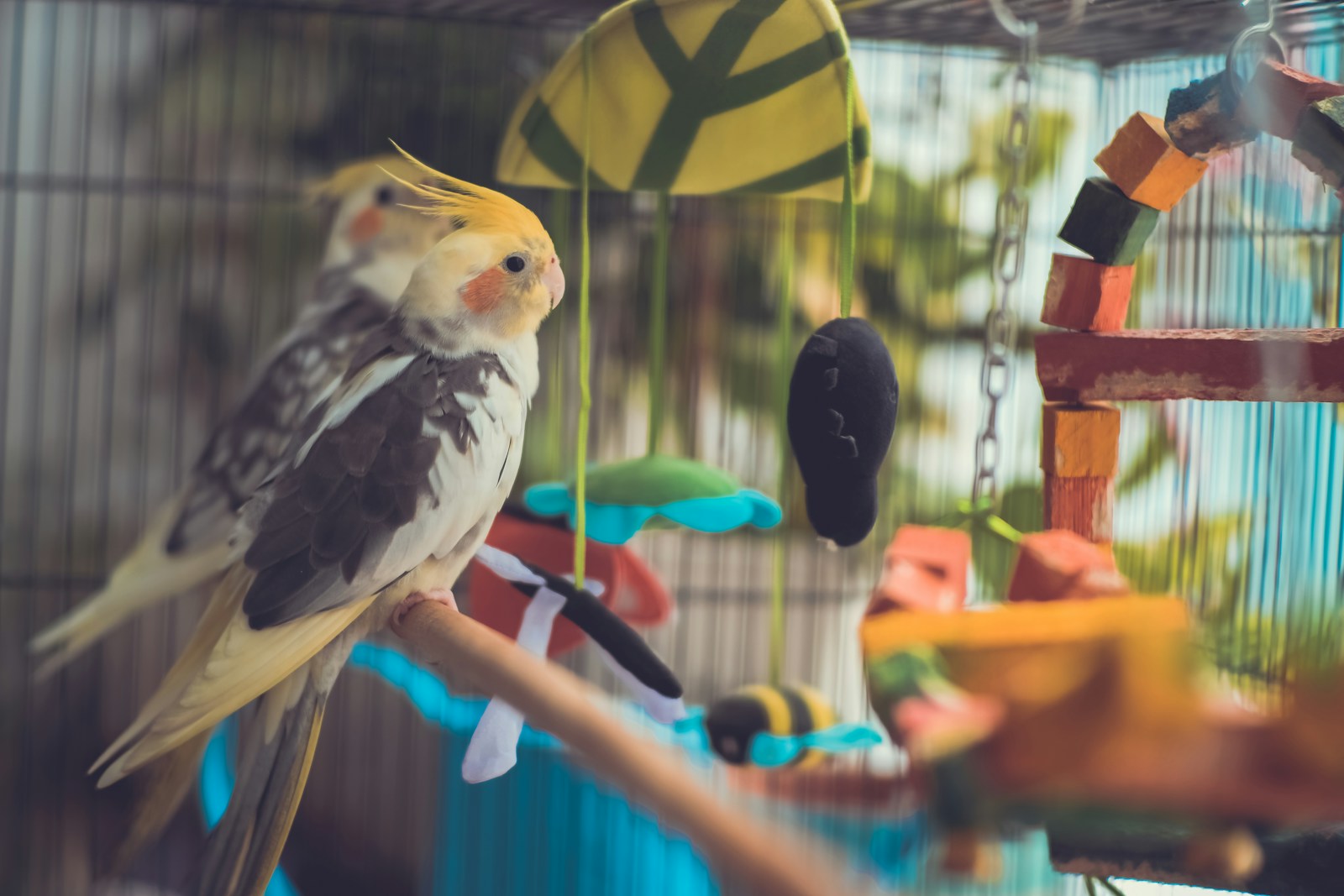
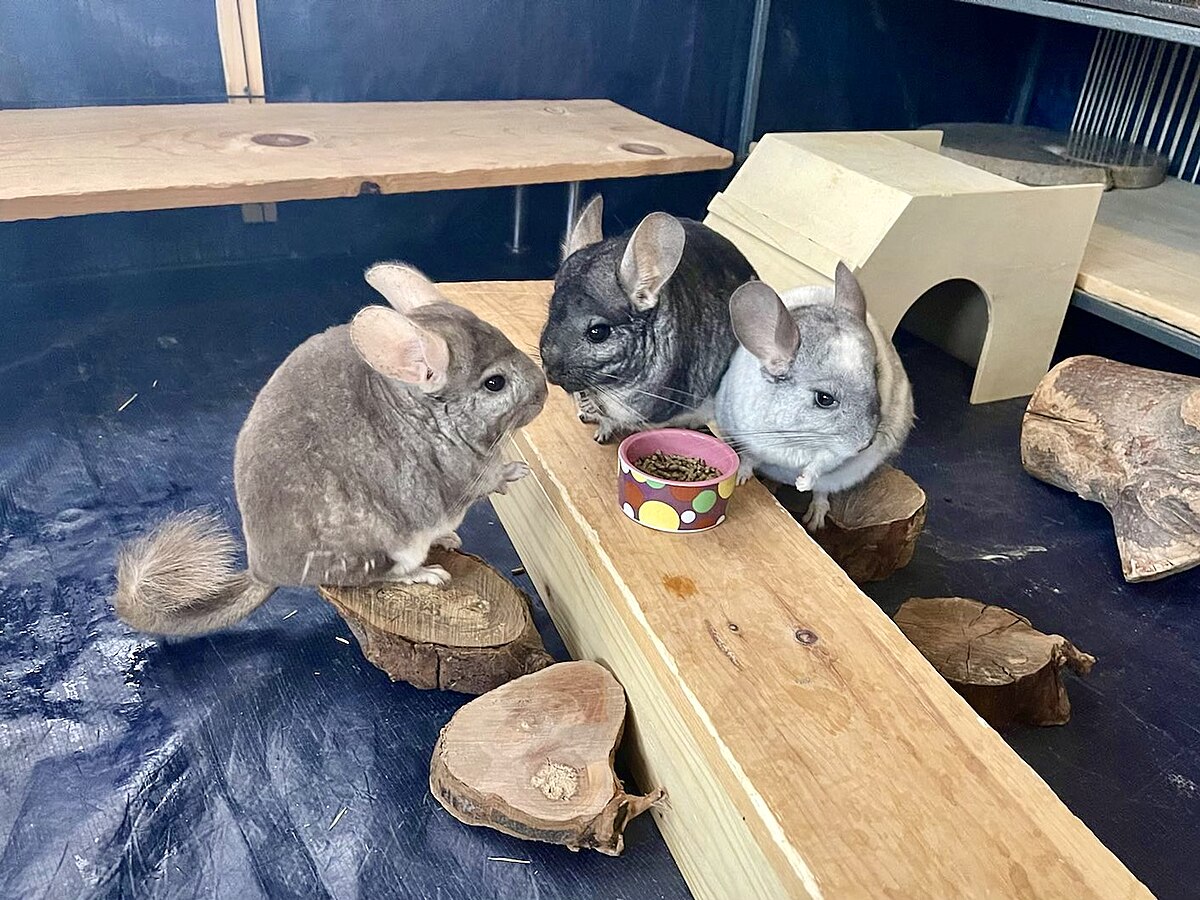

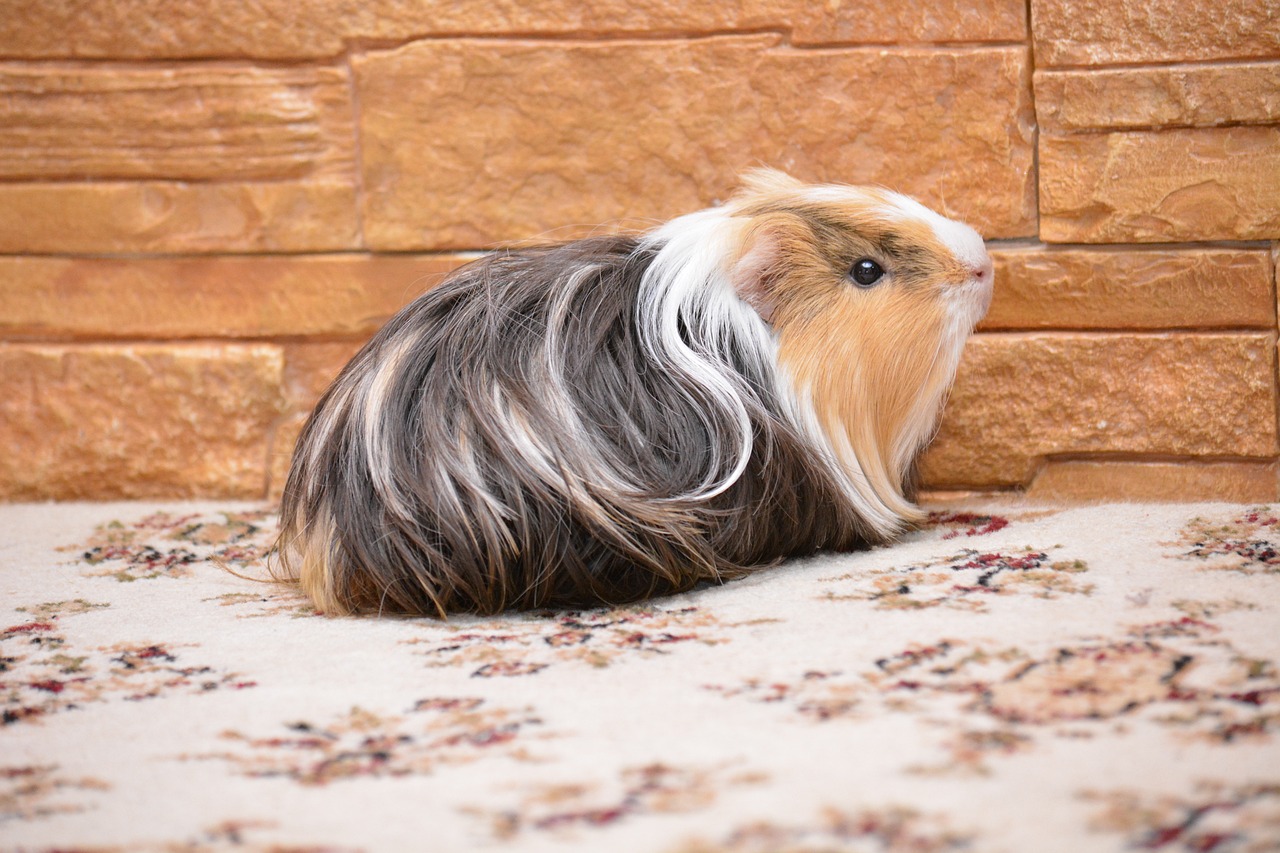
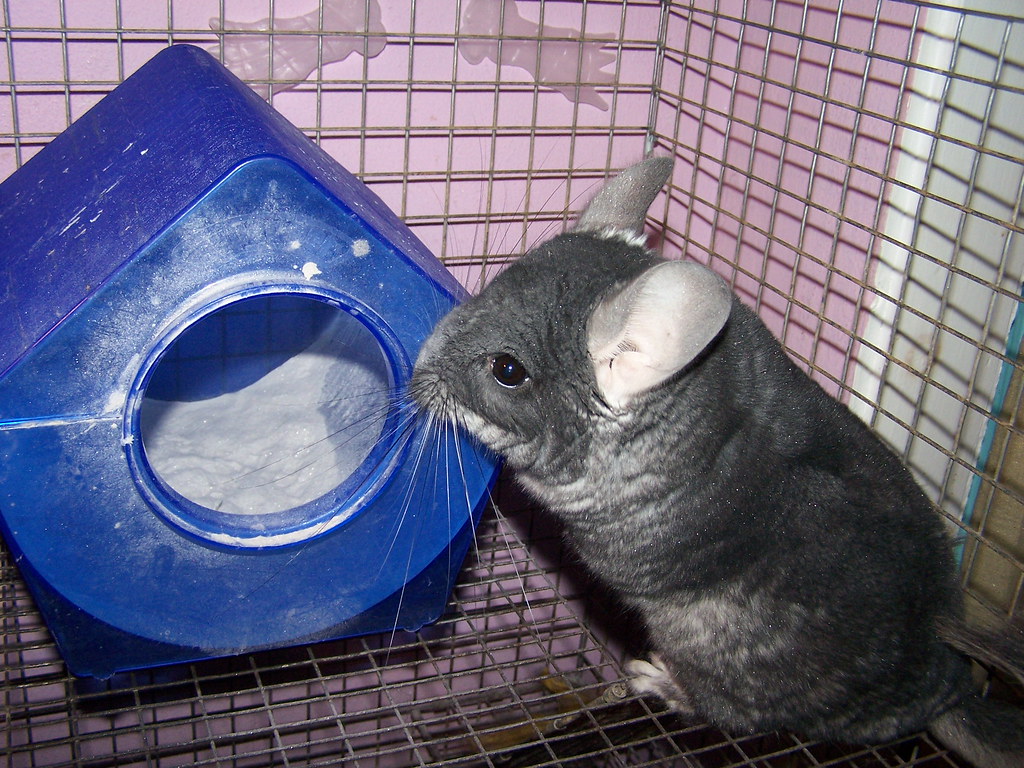




Leave a Reply